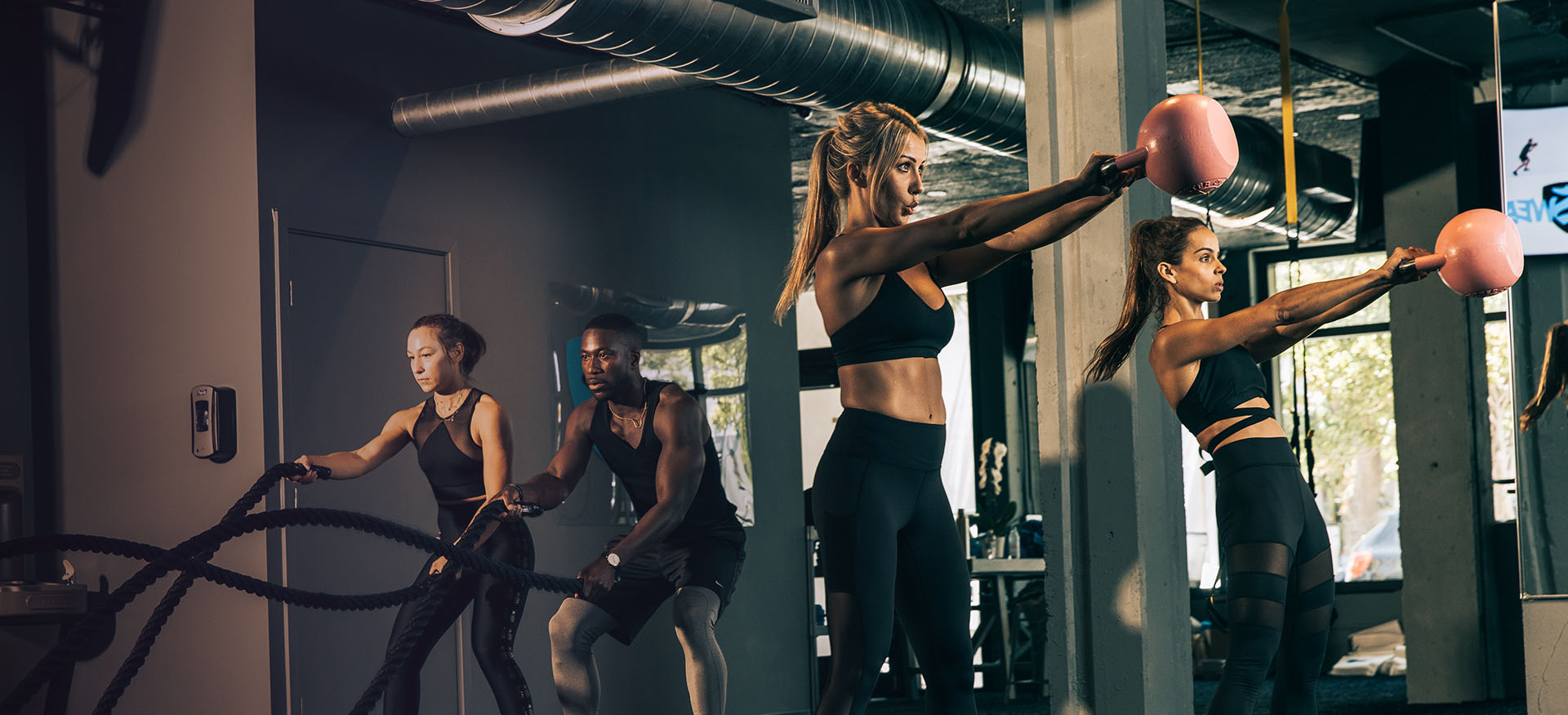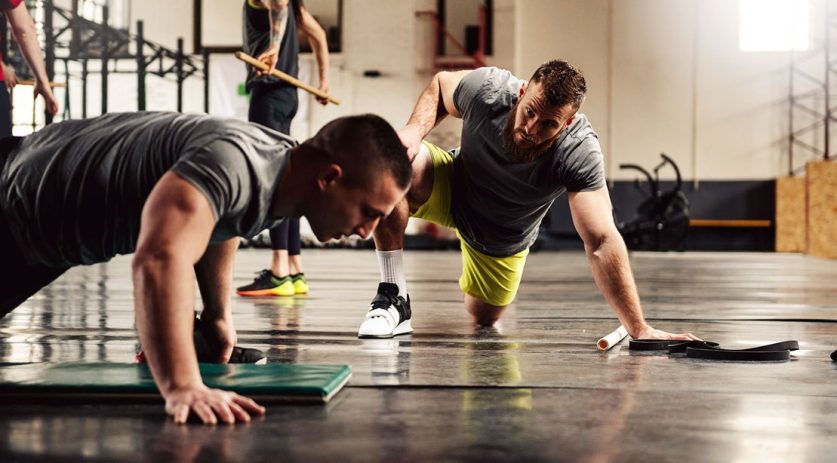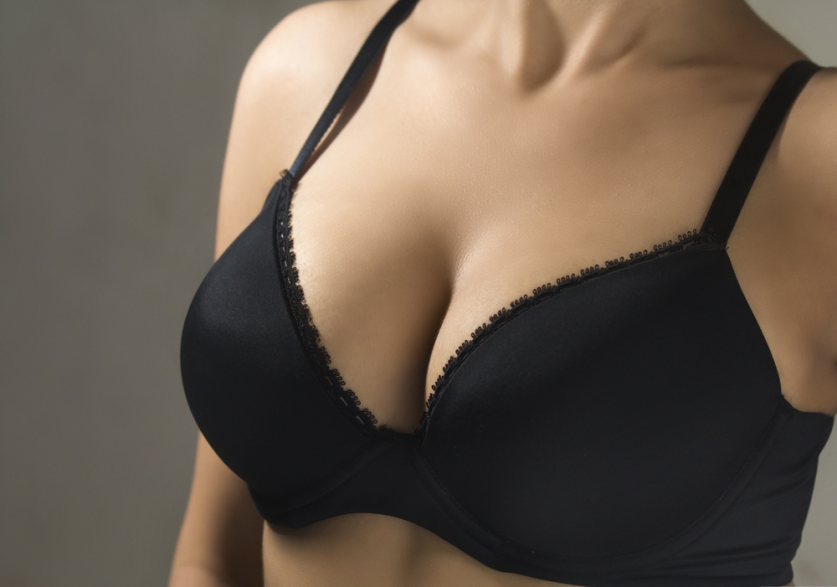How to Perform a Deadlift with Proper Form
The deadlift is one of the best exercises you can do to strengthen your whole body and build muscle mass, as it engages several different muscles in your hips, legs, back, shoulders, and arms. Not only that, but deadlifts also force you to use good form to get the most out of the exercise and protect yourself from injury down the road. If you’re new to weightlifting or deadlifting, this guide will show you how to properly perform a deadlift with proper form in order to get the most benefit from your efforts.
Getting Started
The banded deadlift is one of my favorite exercises because it challenges you in ways that most traditional deadlifts don’t. I like it so much, in fact, that I often use it as an active recovery exercise. To perform it, set up as you would for a regular deadlift and place two bands just below your knees. Next, grip the bar just outside your shins and engage your lats—this will help protect your lower back from injury when you start pulling heavier loads later on. From there, explode through your heels and stand up completely with straight legs (it’s OK if they’re slightly bent) and complete one repetition before re-racking. Take five seconds between each rep to reset.
Gather The Right Equipment
Deadlifts are another great exercise that can be done just about anywhere. You’ll need some weight plates and an adjustable rack, but otherwise they don’t require much space or anything else. The only piece of equipment that you might consider adding is a banded deadlift bar . A banded deadlift uses rubber bands attached to your standard barbell for resistance, allowing you to build your strength in stages. Instead of going heavy right away, you can work up to it over time by changing out how much assistance each band provides you during each rep. Starting with none at all and progressing all the way up until you can hold each band on its own will help mimic different amounts of weight depending on what kind of program you’re doing.
Set Up In The Starting Position
Stand with your feet hip-width apart, toes pointing straight ahead or slightly turned out. Bend at your knees and hips as if you’re doing a squat until your thighs are parallel to the floor. Reach down and grab an Olympic barbell—you’ll be using weights that are about 75 percent of your 1-rep max for five reps. Lift up on your heels so that only your forefeet and toes touch the floor; keep most of your weight distributed evenly between them. Squeeze shoulder blades together, lift chest, and squeeze back muscles tight in order to improve posture and overall form. Stand tall, making sure arms are hanging straight down from shoulders.
Keep A Neutral Back Position
When performing a deadlift, it is important that you keep your back in a neutral position. This means that when you set up to perform a deadlift, you want your spine and torso in an upright position without allowing your back to round or sag. To do so, make sure that as you approach your starting position for each rep of your set, you consciously contract (pull inward toward center) on all of your ab muscles and lift upward against their outward pull on your lower spine. If done correctly, no one will be able to see any curvature in either direction (forward or backward) of any part of your spine. Keep practicing until it feels natural because it’s essential if want safe form while lifting heavy weight.
Maintain A Straight Spine While Hinging From The Knees
The deadlift is performed from a standing position with knees slightly bent. This exercise works both your upper and lower body and involves picking up a loaded barbell off of the ground and holding it at arm’s length above your thighs. Your feet should be about hip-width apart and flat on the floor. Maintain a straight spine while hinging from your knees rather than leaning back, as you don’t want to round your lower back while performing any weight-lifting exercises. Proper breathing is also very important during all strength training exercises, especially while lifting weights as they can become taxing on your respiratory system.
Raise Your Hips As You Lift The Barbell Off The Floor
When you pull your hips up as you raise the bar off of the floor, it makes sure that you’re not just bending over at your waist. This ensures that your chest is directly above your knees throughout, which helps prevent back injuries by keeping pressure off of your lower back. Hip hinging is also very good for building up strength in your hamstrings and glutes—two muscles that are particularly important in deadlifting well. (See: How To Deadlift: A Beginner’s Guide)
Reverse the motion in a controlled manner until you are back in starting position
Once you’ve completed a rep, it’s important to reverse that motion in as smooth and controlled of a manner as possible. Take your time and make sure you are coming down without losing form. The only way that you’ll be able to do that is if you slow down your movement. Many people will rush back into starting position, which puts them at risk for injury. Remember, practicing proper form is one of best ways to build core strength and maintain stability within your lower body when moving heavy loads from A to B, so take it seriously!
recommended for you
SUBSCRIBE, SAVE & BE HAPPY
Be the first to know about new products, sales and specials!







